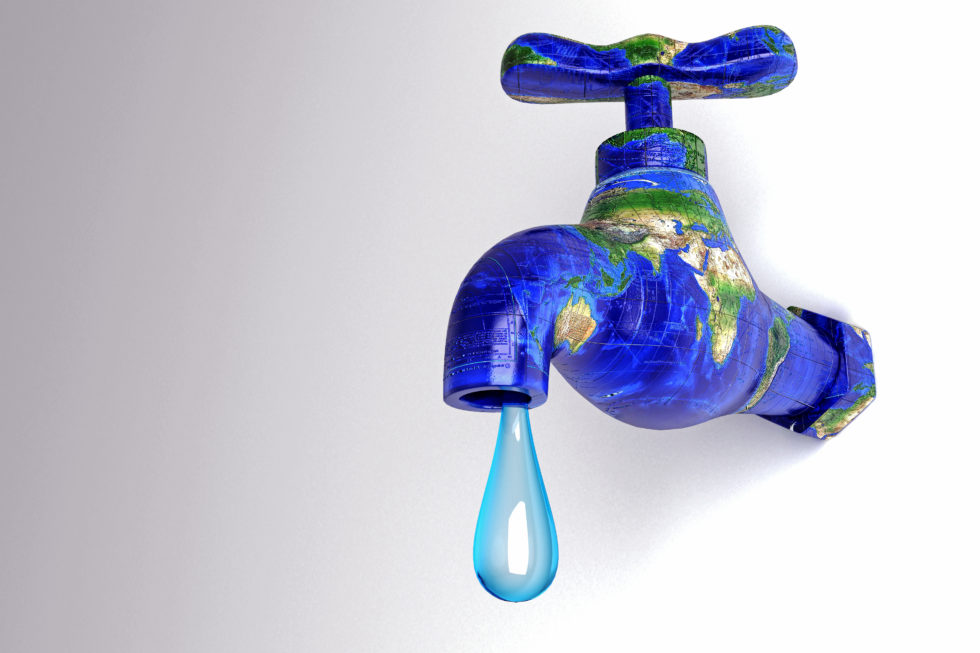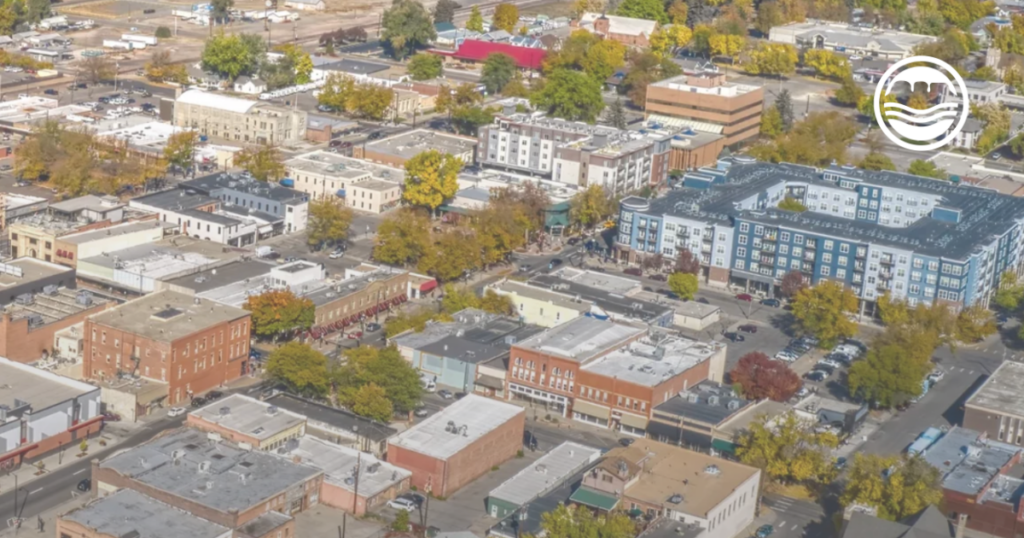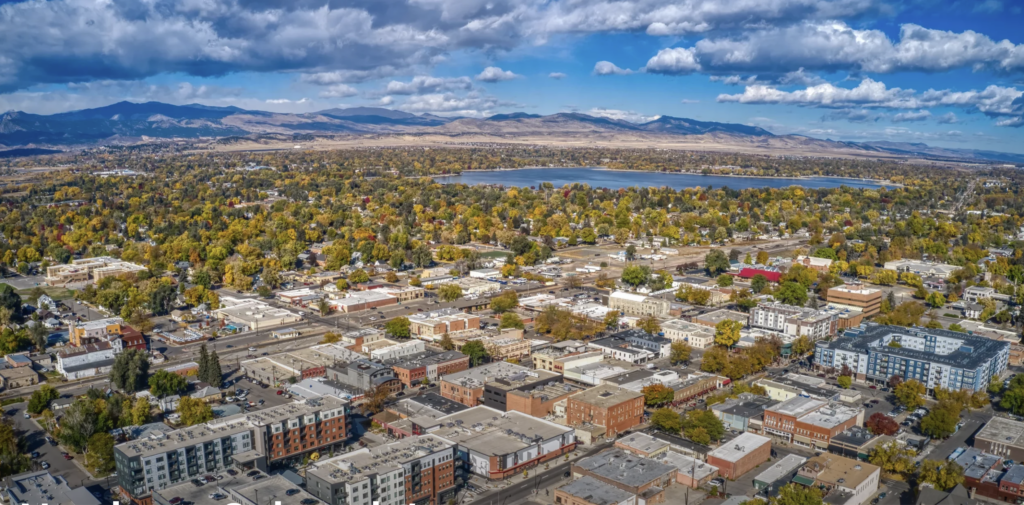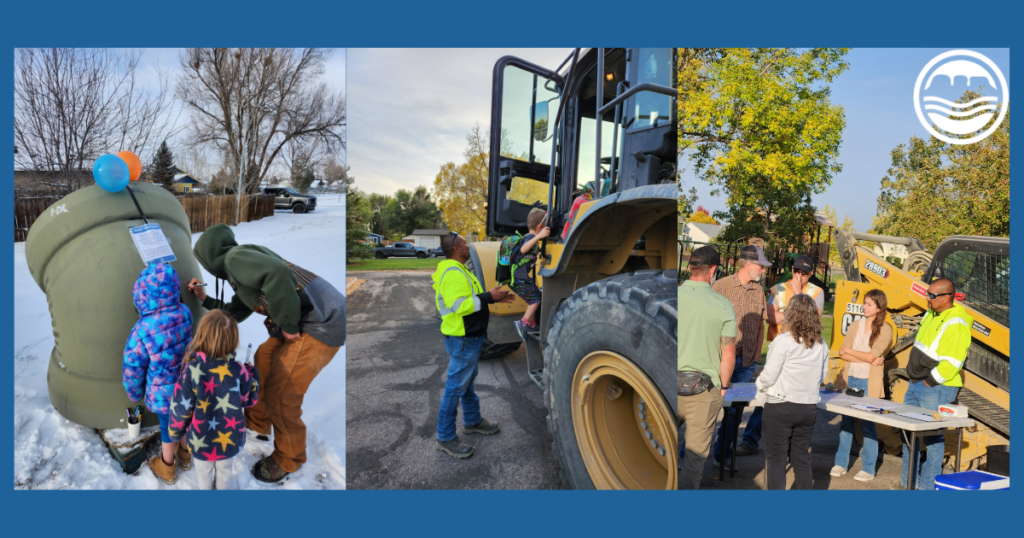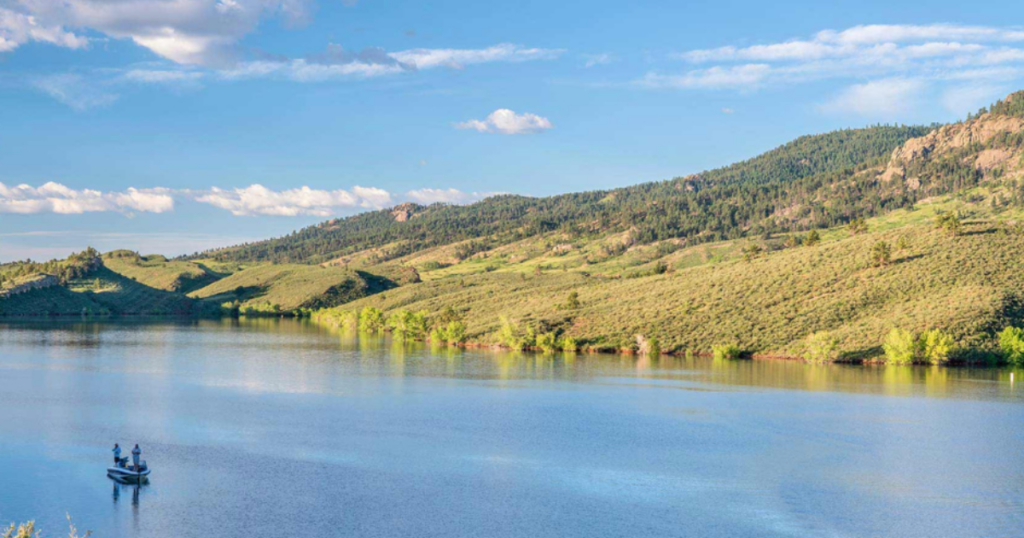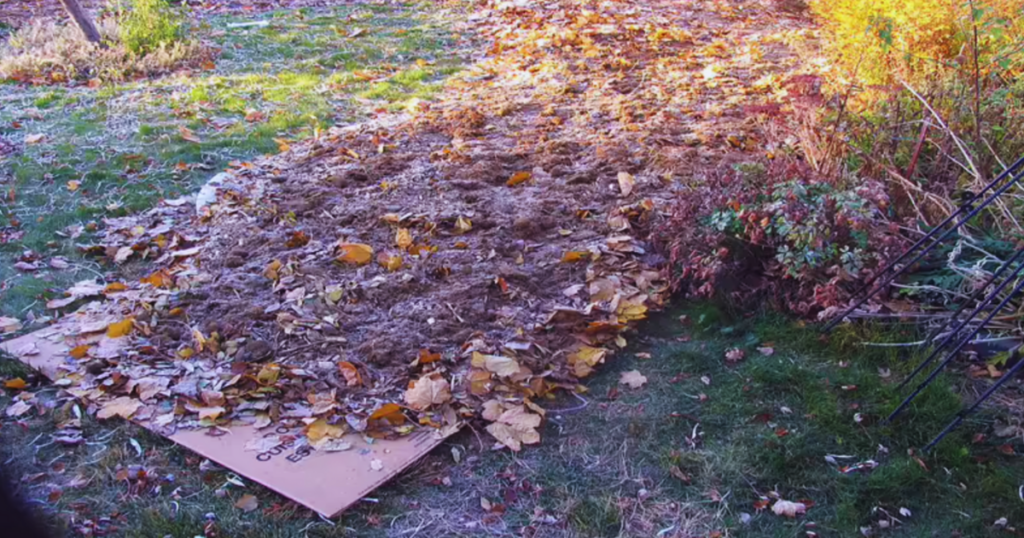If you’ve been a long-standing Fort Collins-Loveland Water District customer, you know that certain values for us have always rung true—our commitment to water quality, safety and conservation. With Colorado’s population on a consistent rise, water demand has increased in our state and this can lead to a serious strain on water resources.
While the FCLWD doesn’t currently have any water restrictions in place for its customers, conserving water is always a smart idea. After all, it not only helps preserve our precious resources, but it also saves you money in the long haul!
Bearing this in mind, here are some of our favorite quick and easy resources to help reduce your water footprint this year, especially as these summer months continue to heat up.
Sprinkler Checkups
Did you know that reducing irrigation water usage is one of the biggest impacts people can make in terms of conserving excess water usage? Taking part in FCLWD’s Sprinkler Checkups can make a drastic impact on your summer water savings and, the best part is, it’s free! Offered in partnership with the City of Fort Collins, this is a fantastic place to start to learn more about your current system and how you can potentially make it more efficient, not to mention the savings you’ll see on your monthly bill.
Worried about your impact as a business or HOA? Don’t worry—there is a great program available for you too! The Slow the Flow program, offered by Resource Central, provides simple suggestions for changes that will reduce waste and runoff. By providing a detailed analysis of your existing sprinkler system, trained technicians will provide a detailed report with findings and recommendations to ensure efficiency.
Hungry for more? Stay tuned for future FCLWD programs aimed at providing additional resources for water reduction measures! In the meantime, feel free to sign up for the waitlist to get a Sprinkler Checkup here.
Conservation Campus
Were you aware that Colorado has a semi-arid landscape, meaning we have to put a little more time and energy into planning our gardens? With some extra love and care, your backyard sanctuary can flourish while simultaneously ensuring you aren’t going overboard with water usage. In fact, replacing just 100 square feet of a traditional lawn with low-water plants can save you up to 1,000 gallons of water per year!
Many aren’t aware that Northern Water Conservancy District has an entire campus dedicated purely to providing public education on various turf, plants and conservation techniques for increased water savings. An award-winning, multi-acre garden in Berthoud, this site hosts various demonstration areas for grasses, irrigation technologies, soil preparation and a xeriscape plaza that showcases Colorado-friendly landscaping themes and techniques. What’s more, this space will soon include new demonstrations that aim to highlight future water-efficient landscapes even further, with updated signs to help visitors better understand how they can save water in their own backyards. The gardens are open daily from sunrise to sunset and tours are also available to see over 700 plants and 60 turf grasses that flourish in Colorado’s climate.
Don’t have time to check it out? Save time and water yourself by partaking in FCLWD’s Garden in a Box program! This simple and easy “plant-by-number” box allows you to lay out your garden design wherever you’d like and ensures less water and mowing altogether in your front or backyard. Boxes are offered every spring so be sure to check the website to find out more for spring of 2022!
Training and Learning
For those overseeing commercial landscapes, landscape professionals and/or anyone desiring to reduce their water waste, Northern Water also provides enriching training and certification opportunities. Designed to enhance water efficiency capabilities, these classes and trainings take a deeper dive into plant water requirements, landscape water budgeting, irrigation management, plant-soil-water relationship and more.
These trainings are typically held monthly and go over a variety of critical topics. The next one is scheduled for Sept. 1, 2021, and provides insight on how to incorporate rain gardens into your next landscaping project. Find out more about these courses and which one is right for you here!
Another fantastic opportunity offered by Northern Water is the Collaborative Water-Efficient Landscape Grant Program. Offered to businesses and HOAs, this program allows for funding to go toward new or redeveloped landscapes based on the best practices showcased in the Conservation Campus listed above. Find out more and discover if you are a grant candidate here.
Free Leak Detection Program
Were you aware that a leaking faucet can cost over $15 a month and a leaking toilet can cost over $40 a month? Save your dollars and don’t wait to fix a potential leak in your home! With FCLWD’s Leak Detection program, you’ll receive notifications on continuous water usage in your home (with is oftentimes a harbinger for a leak) and can therefore act fast to get it fixed. Take full advantage of the program by ensuring that your contact information (specifically email address) is up to date. This can be done by using your online account at fclwd.com or sending an email to our team at billing@fclwd.com.
What FCLWD is Doing
Water is a limited, valuable and oftentimes taken-for-granted resource. Alongside our Board of Directors, the District is doing everything it can to take a stance for water conservation, both now and as we look into the future. We know that by 2050, the Northern Front Range population is estimated to double in size, which to some, may come as a shock. To prepare, we’ve developed a comprehensive, multi-pronged approach to water conservation that includes everything from acquiring additional water resources to tiered rate structures to drought protection.
It’s important to note that water conservation is a joint effort, and it truly takes a village to really make a difference! Here are just a few of the measures we’ve taken to ensure we are protecting this precious resource and preparing for what’s down the line:
- Cost-of-Service Pricing
- To encourage efficient water use by residential, commercial and irrigation customers, the District has enacted “cost-of-service” pricing. This model indicates that those who place a higher demand on the water system are charged more, motivating customers to put conservation first at all costs.
- Municipal Water Efficiency Plan
- Approved by the Colorado Water Conservation Board, this comprehensive plan allows the District to be eligible for continued funding from the Colorado Water Conservation Board (CWCB), as well as the Colorado Water Resources and Power Development Authority for water supply and delivery projects. Why does this matter? With additional funding, the District can continue to improve water efficiency and conservation efforts through various programs and initiatives. The full report can be read here.
- Northern Integrated Water Supply Project (NISP)
- This proposed water storage and distribution project will supply 15 Northern Front Range water partners with 40,000 acre-feet of new, reliable water supplies. Additionally, in partnership with other water providers, the District is planning for additional water treatment needs such as the construction of a new regional water treatment plant.
- The benefits of NISP are in no shortage—this project allows for storing water that is currently leaving the state in years when we have an excess supply. It also protects our farmlands and even includes a Fish and Wildlife Mitigation Enhancement Plan to tackle Poudre River Flows, allowing for the elimination of existing dry-up points and improving streamflows. To learn more about NISP and the District’s participation, check out details of our involvement
There are so many ways we can save water here in Colorado, and we think it’s important to remind ourselves that everyone plays a part in conservation, whether you are a single-home resident, HOA, local business or just a member of the community. Be sure to follow the District on Facebook and sign-up for our quarterly newsletters to stay up to date on water-saving programs, tips and tricks.
 Skip to content
Skip to content
